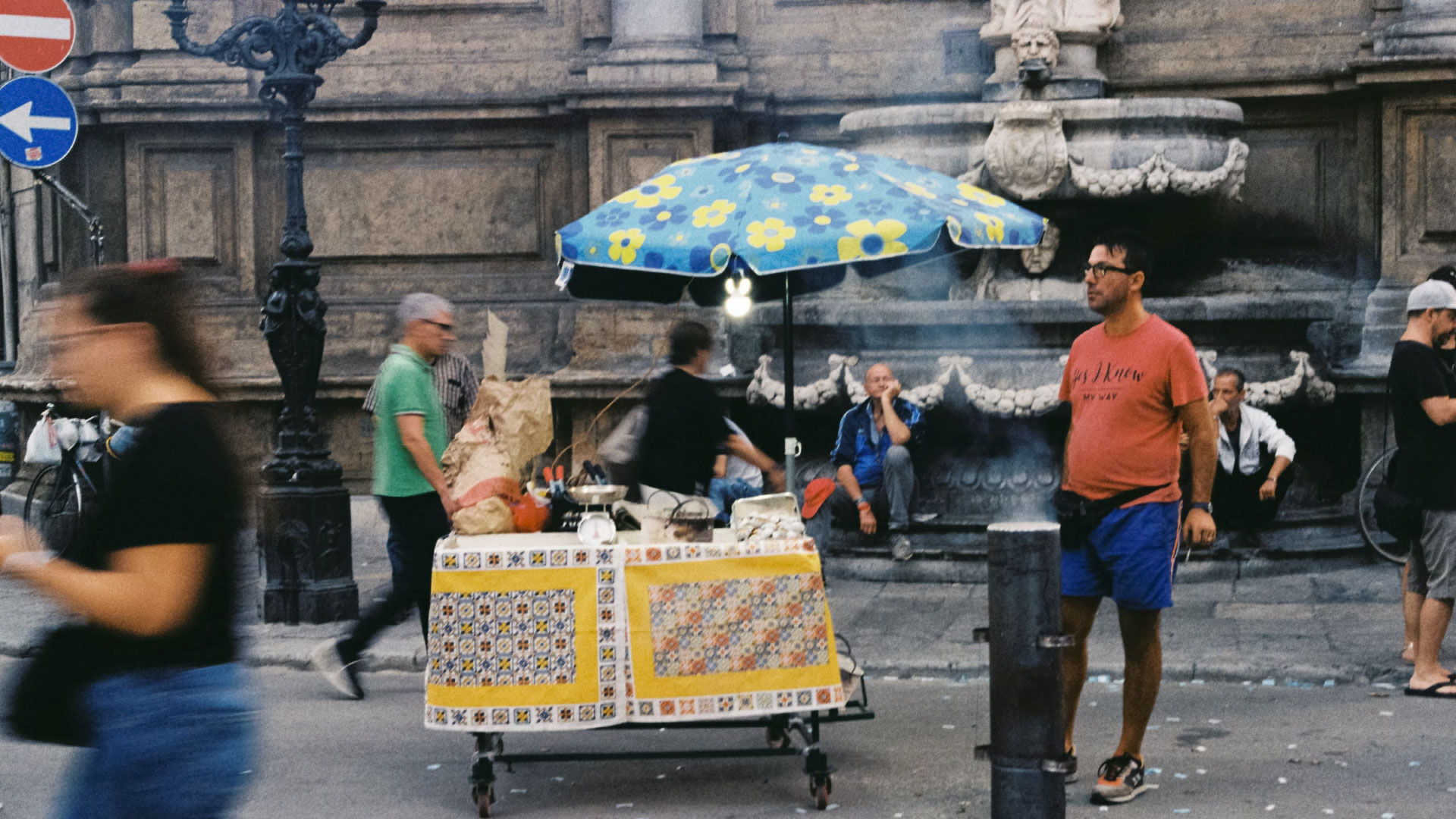Public Space as a Living Memory

This article is based on a talk presented at an event focused on memory, identity, and community. The presentation explored how neighborhoods are not just physical spaces but living narratives shaped by the people who inhabit them.
Neighborhoods function as palimpsests—spaces where each generation leaves a layer, a trace, a memory. But what exactly is a palimpsest? It refers to a document that has been rewritten multiple times, where traces of previous writings remain visible beneath the new. Similarly, neighborhoods are like living manuscripts, built from overlapping stories of the past and the present.
The narrative of a neighborhood comes to life through its people—their diversity, histories, and shared memories that transform places into meaningful settings for everyday life.
Memories That Define Spaces
A place’s significance often extends beyond its physical attributes. It may be a bustling plaza, a small corner store with decades of history, or a quiet street walked countless times. These spaces evoke sensory memories—such as the smell of fresh bread, the sound of children playing, or the distant chime of church bells.
These places become repositories of collective memory. They carry stories, emotions, and experiences that shape the community’s identity. At the same time, the built environment also leaves an imprint on its residents. Architectural details like ornate façades, iron lampposts, or century-old trees are fragments of a neighborhood’s material memory. When these elements disappear, entire chapters of the community’s story are lost.
Visible and Invisible Memory
A neighborhood’s identity is built from shared experiences. It is a collective story woven from small yet powerful moments: the first local festival attended, childhood games played under a familiar tree, or evening conversations held on a doorstep.
There are two types of memory that define a community:
- Visible memory consists of physical elements that are easily recognizable—historic buildings, streets named after influential figures, and monuments that have witnessed generations come and go.
- Invisible memory is more subtle but equally significant. It is found in the greetings exchanged at local shops, the music heard during neighborhood celebrations, and the aroma of traditional dishes prepared during community events.
The collective identity of a neighborhood can be likened to a quilt, where each resident contributes a unique piece—full of colors, textures, and stories. Over time, this quilt grows, keeping the community united and wrapped in shared memory.
Neighborhoods as Living Heritage
Heritage is not limited to physical structures but includes intangible elements that shape daily life. Just as a traditional recipe may be adapted with new ingredients while maintaining its essence, the identity of a neighborhood evolves while preserving its core values.
Revitalized spaces—such as renovated plazas or former industrial sites transformed into cultural centers or parks—demonstrate how the built environment can change while maintaining its connection to the past. When these transformations are approached with respect and community involvement, they become bridges between memory and modernity.
The Role of Community in Collective Memory
Creating a collective identity is a collaborative process. No neighborhood is born with a set identity—it is shaped over time by the people who live there and their shared experiences. Community events, public celebrations, and efforts to improve public spaces all weave threads into the neighborhood’s narrative.
However, the preservation and transformation of these spaces are not solely the responsibility of architects and urban planners. Community members play a central role in deciding what should be preserved, what should be reimagined, and how places should be used. This participatory process strengthens social ties and reinforces the collective memory of the community.
Several questions can guide this reflection:
- Which places in the neighborhood are considered irreplaceable?
- What spaces still have untapped potential to tell new stories if revitalized or restored?
- What narratives should be passed down to future generations?
Every decision—whether individual or collective—contributes to the future memory of the neighborhood.
Strengthening Community Roots Through Memory
A neighborhood can be viewed as a living manuscript where past generations have written their stories, and current residents continue to add new chapters.
The resilience of a community depends on the strength of its roots—its collective memory. Deep and well-tended roots create a foundation for vibrant, inclusive neighborhoods. When spaces are protected, traditions are celebrated, and social connections are nurtured, these actions affirm the community’s sense of belonging and identity.
Collective memory and identity, much like the roots of a tree, may not always be visible, but they sustain everything above. The stronger and more nurtured these roots are, the more resilient the community becomes.
Preserving and shaping the narrative of a neighborhood is not just an exercise in heritage conservation—it is an investment in the social fabric of the present and a gift to future generations.
* References
- Amin Maalouf (2001), In the Name of Identity: Violence and the Need to Belong, Arcade Publishing
- Photo: Konstantina Chrysostomou
Words of:
Konstantina Chrysostomou
Publication date:
15/01/2025
Originally written in:
english
Tags:
Everyday life / Public space
